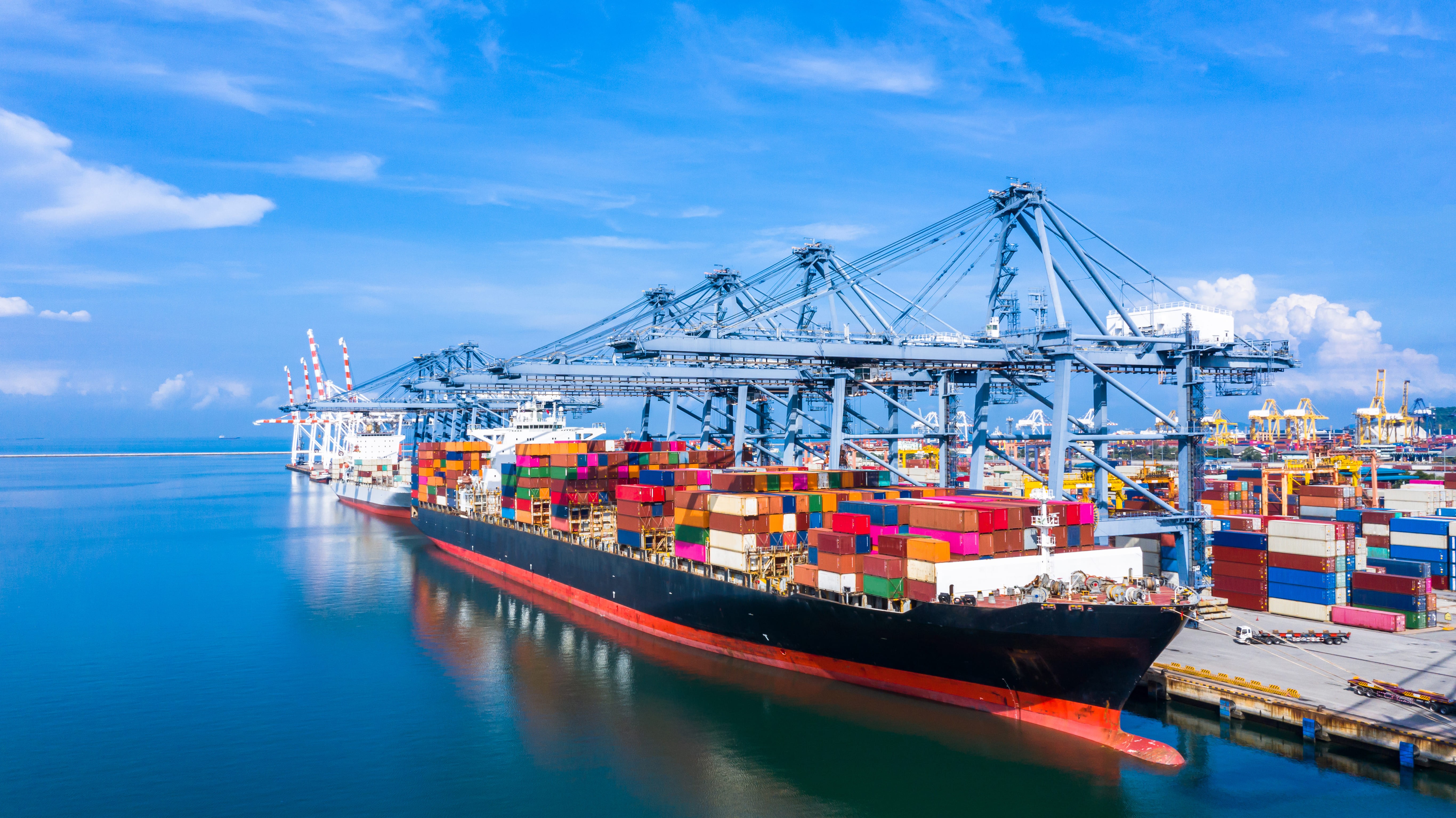The disposable model is about to disappear. Realisation that the Earth is finite has prompted consideration of the circular economy as the only option of the future. Let’s look at the meaning of this circular economy and how it is applied to the port sector.
What is the circular economy?
The circular economy is a new model of production based on nature’s cyclical processes, on taking advantage of resources and reusing the waste generated once the products are no longer used.
In practice this means producing just enough, using renewable energy sources and biodegradable materials. Components that cannot be returned to nature (electronics, metals, batteries, etc.) must be reused in new products or recycled.
The circular economy in ports
90% of the goods we consume arrive by sea. Taking this figure into account, it is easy to imagine that, as ecosystems where all kinds of industrial, logistics and residual flows come together, the potential for the circular economy in ports is immense.
The main example is the Port of Rotterdam, which aims to become an operations centre of the circular economy and lead the energy transition of ports from 4 angles:
- Fostering innovation by attracting circular initiatives for the region.
- Classification and recycling in all links of the value chain.
- Industrial symbiosis with the exchange of residual flows and products between port companies.
- Harnessing CO2 for its reuse by industry.
Loop Ports, circularity in European ports
European ports are articulating their transition towards the circular economy through the Loop-Ports project, which seeks to create a circular economy network for ports. Within the initiative, the practices of more than 450 ports have been analysed, resulting in three pilot tests and 30 training workshops.
Some of the most noteworthy experiences:
- Port of Ramsgate (United Kingdom) has installed new buoys stabilised against UV rays, thanks to which they maintain their colour and have a longer service life.
- Port of Antwerp (Belgium) has developed a circular procedure around the automotive sector, whereby they receive pieces returned from the second-hand market for their recycling or reconditioning.
- Port of HaminaKotka (Finland) has introduced an underwater sonar inspection system with 3D technology which improves the control of its facilities, optimises the management of failures and extends the service life of assets.
The Valenciaport experience
At the circular economy workshop held in the Port of Valencia we discovered opportunities as promising as the Depot 2.0, which endeavours to give new uses to shipping containers as housing, urban furniture or decoration.
Equally interesting is the concept of circular customs to reuse flows of retained goods which generally end up being abandoned or destroyed. Other opportunities detected were the sharing of underused machinery, the creation of waste flow mapping, the commitment to biofuels for electric energy and mobility, and reverse logistics applied to businesses in the cluster, among many others.



Comments are closed.